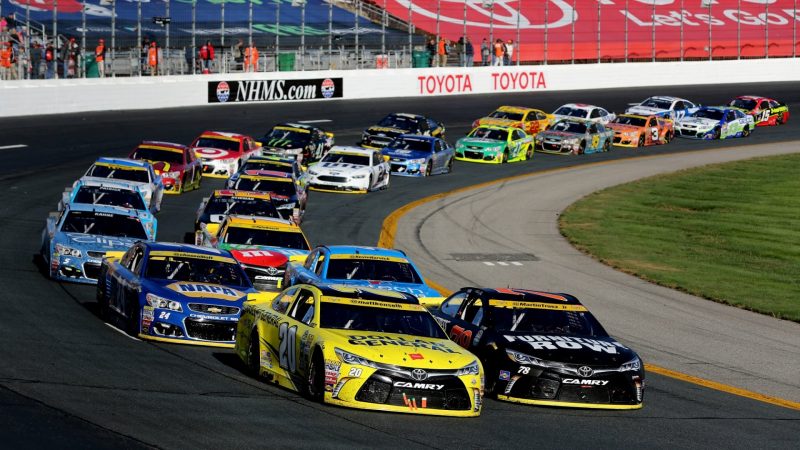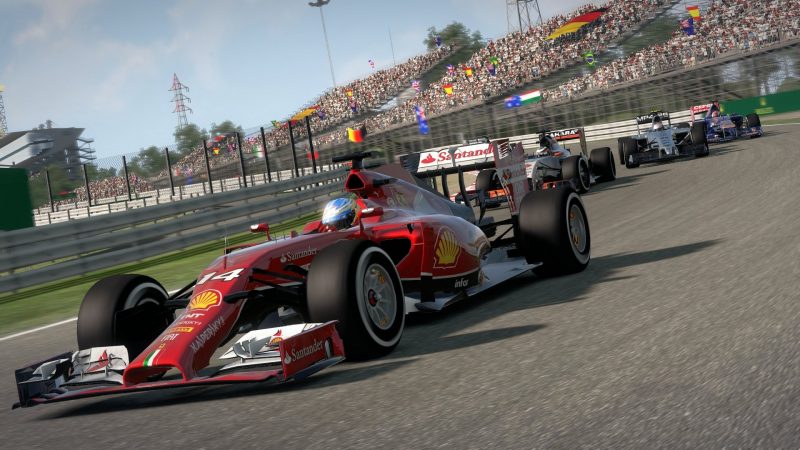The Key Differences You Need to Know Between Formula 1 and Formula 2 Racing

As Formula 1 racing has become more well-known over the previous few years, so too has the interest in Formula 2 racing increased. Despite this, there is still a sizeable population that does not have a good understanding of the differences between these two types of racing. We will compare and contrast Formula 1 racing with Formula 2 racing in this post, with the primary focus being on the significant distinctions between the two that you should be aware of.
The Fédération Internationale de l’Automobile (FIA) recognizes Formula 1 as the pinnacle of single-seater auto racing
Because of the vast amounts of money, technological advances, and driver talent required to participate, Formula One racing is considered to be the pinnacle of motorsport. Formula One teams invest an annual sum of approximately $400 million in the development of their race vehicles and engines. As a result of the design of race cars, the sport has also witnessed several developments in medical technology, such as the creation of SAFER barriers and HANS devices. Because of the enormous G-forces, they are exposed to while racing, Formula One drivers are widely considered to be among the most accomplished athletes in the world.
The period known as the “Powered by Jaguar” era encompassed the years 1950 to 1960 and consisted of individual races spread out over several months for the Formula One World Championship. It featured open-wheeled automobiles with naturally aspirated engines that were 3.0 litres in capacity. From 1966 until 1989, teams and drivers competed in one or more world championships to shape the sport into its contemporary iteration.
The races in Formula 2 are on a lower level than those in Formula 1 and serve as a feeder series for that series
Even though Formula 2 is considered to be on a lower level than Formula 1, there are a few significant differences between the two that are essential to keep in mind. To start, the races in Formula 2 are often much shorter than the races in Formula 1. They also require different tire formulations and have fewer pit stops than other vehicles. In conclusion, the automobiles that compete in Formula 2 are not as technologically advanced as those that compete in Formula 1. This is because the vehicles that compete in Formula 2 are older, making it cheaper to maintain them, whereas the cars that compete in Formula 1 are all brand new, making them significantly more technologically advanced.
It has also been said that the Formula One feeder series has been fashioning its rivalry after that of its older and more illustrious brother, Formula One. In the annals of Formula One competition, there have been drivers who have achieved the pole position, turned in the quickest laps, and scored points. Formula One is celebrating its fortieth year this year, but the teams are just as young as the sport itself; the oldest team is only four years old, while Formula One is marking its centennial.
The main difference between the two
Formula 1 is the highest level of professional racing, while Formula 2 is considered to be the level that one must compete at to advance to Formula 1. As a consequence of this, the automobiles that compete in Formula 1 are far more expensive and technologically advanced than those that compete in Formula 2. In Formula 1, all of the vehicles are required to use identical engines, however, in Formula 2, the teams are given the freedom to select their engine suppliers. This is one of the most significant differences between the two styles of racing. Because of this, there will be a large gap in terms of power and performance between the different teams, since some will have engines that are noticeably superior to others. Because of the relatively tiny differences in power between engines in Formula One cars and the fact that there is typically only one team that will have a dominant engine, this is not as much of an issue in the racing
Even though it is known as Formula 2, the racing automobiles that are utilized in this series are quite distinct from those that are utilized in Formula 1. These automobiles do not contain any carbon fibre, and the chassis has been simplified quite a bit. As a consequence, the process of building automobiles is made less complicated and takes less time, which ultimately leads to reduced production costs.

Other distinctions include the regulations regarding tire usage, the point systems, the race formats
The laws governing the use of tires, the point systems, the race formats, and the procedures for testing are some of the other distinctions between Formula 1 and Formula 2. In Formula 1 racing, for instance, each driver is only permitted to utilize three sets of tires during a single race weekend, whereas in Formula 2 racing, each driver has access to six sets of brand-new tires. The point system that is used in Formula 1 is likewise different from the one that is used in Formula 2; in Formula 1, first place finishers are awarded 25 points, second place finishers are awarded 18 points, and third place finishers are awarded 15 points for their finish. In contrast, this one award 20 points to the person who comes in first place down to one point for tenth place.
In terms of the limitations placed on testing, Formula 1 teams are only permitted to put their vehicles through a maximum of 180 days of testing each year, whereas teams racing in the GP2 series are permitted to put their vehicles through testing for a total of 360 days. Formula One teams are allowed to do off-track testing at a variety of venues in addition to the track testing that takes place at various racetracks. In Formula 2, testing can only take place on racetracks or other facilities designed specifically for testing, as off-track testing is strictly prohibited.



